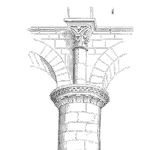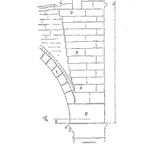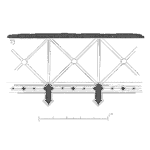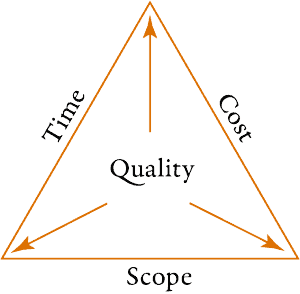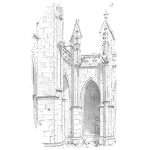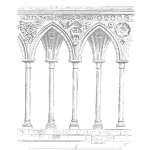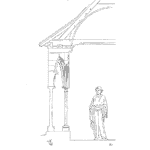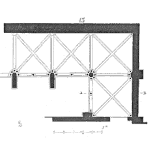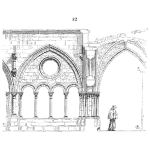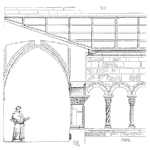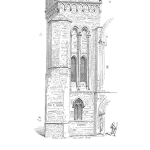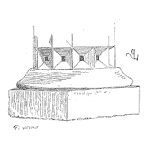
Getting the Right Information from Your Reliability Testing
You cannot test in reliability any more than you can test in quality. Often reliability testing is done though, and knowing the range of testing approaches and their associated results will help you get the most information from each test conducted.
Let’s explore the types of testing that generate information useful as you develop a reliable product. There are 4 different types of reliability testing:
- Discovery
- Life
- Environmental
- Regulatory
Within each type there are many variations to the testing details and the specific results generated. Understanding the questions each type of testing has the capability to resolve is a good first step to implementing the right set of tests for your project. [Read more…]

